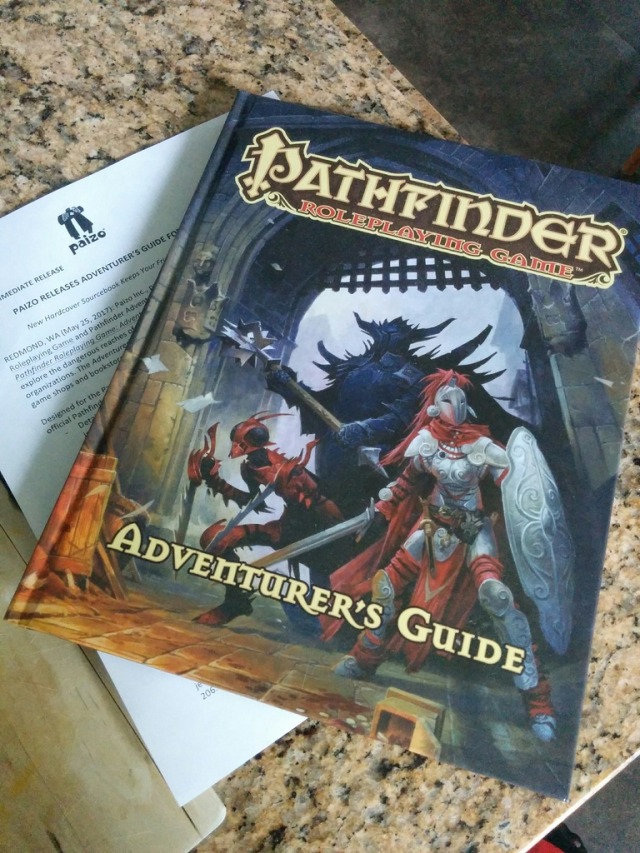
However, that’s generally not the intent since many Finishers will apply a status effect. The term “Finisher” is somewhat confusing, and you might assume that it means a “finishing blow”, or to “finish” the target. “Finishers” are the primary way in which you’ll consume Panache. The only offensive option that justifies two-weapon fighting is Dual Finisher, and one decent feat is not enough to justify the rest of a weak build. You get the added utility of being able to choose which weapon to use with any given Attack, but you also need to pour precious gold into a second weapon in a game where gold is as precious as feats. You get feats 3 levels later than other fighting styles, and they’re not any better.
USING ROLL WITH IT PATHFINDER FREE
At low levels you might carry a Shield for a while until you need your hand free to qualify for feats or something, but even if you don’t want a shield you can take Dueling Parry and get as much AC as what you get from Buckler Expertise or from Twin Parry, and you don’t need to invest in a second weapon or in a buckler. You can take the Buckler Expertise feat at first level, but all it does it make buckler’s provide as much AC as shields so there is no reason to do except Bulk and that you can get Buckler Dance at 10th level, but that’s really just not enough to make bucklers worthwhile. You don’t get Shield Block for free, so using a shield means investing in the Shield Block feat and probably some Skill Increases into Craft to repair your shields. Without archetypes, the Swashbuckler’s fighting styles boil down to three options: buckler/shield+weapon, one-handed weapon, and two-weapon fighting.īuckler/Shield+Weapon is frustrating. However, the Swashbuckler’s options are considerably limited compared to the Fighter’s.

Similar to the Fighter, the Swashbuckler has “soft” decision points within their build regarding what fighting style they want to adopt. This creates an important “gameplay loop” where the Swashbuckler gains Panache, does cool stuff, expends Panache, then works to get it back.įortunately, you can use specified Actions like Tumble Through to gain Panache, and your subclass will offer another unique option to gain Panache which typically involves a skill check of some kind, so regaining Panache is often as simple as spending an Action to perform a skill check and you gain Panache if you’re successful. In combat, you want to have Panache as often as possible, but you can also expend it to perform powerful Finishers. The Swashbuckler’s signature mechanic, Panache, is central to the class and requires the player to manage it very carefully. Blue: Fantastic options, often essential.

Red: Bad, useless options, or options whichĪre extremely situational.RPGBOT uses the color coding scheme which has become common among Pathfinder build handbooks. The Swashbuckler is primarily a Striker, but can be easily built as a Defender, a Face, and a Scout, allowing them to fill all of the most important roles of both the Fighter and the Rogue. Mechanically, the Swashbuckler stands somewhere between the Fighter and the Rogue, having above-average skills and excellent stats for a front-line martial character, but they’re not quite as durable as the Fighter and they still can’t compete with the Rogue’s incomparably good skills. The Panache mechanic encourages you to do things other than hitting things, and the subclasses really encourage diverse tactics between swashbucklers. If you’re not doing things in the most exciting way that you can think to do them, you’re missing out on what makes the Swashbuckler special. Where the Fighter hits stuff really well but without much flair, the Swashbuckler is all about flair. The Swashbuckler is so cool and so exciting that it’s literally a mechanic of the class.


 0 kommentar(er)
0 kommentar(er)
